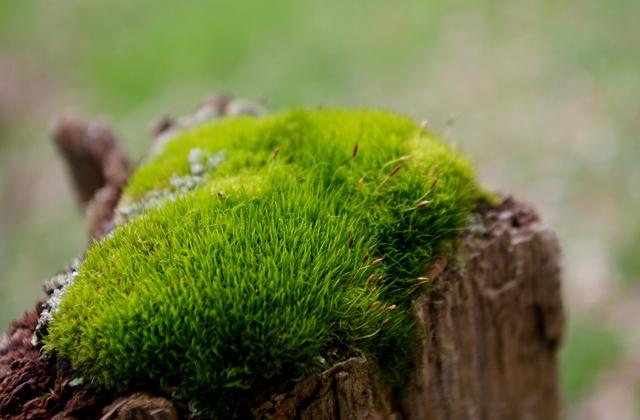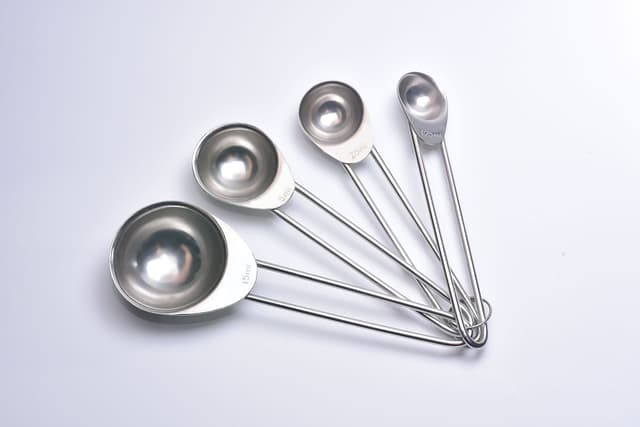Myths about teaching can hold you back
- Year 6
Growing yeast: do and review (non-statutory)
I can carry out and evaluate an investigation to find out about food sources for micro-organisms.
- Year 6
Growing yeast: do and review (non-statutory)
I can carry out and evaluate an investigation to find out about food sources for micro-organisms.
These resources were made for remote use during the pandemic, not classroom teaching.
Switch to our new teaching resources now - designed by teachers and leading subject experts, and tested in classrooms.
Lesson details
Key learning points
- Yeast consumes sugar and releases carbon dioxide gas as a result. This is called fermentation.
- Scientists control variables to see the effect of changing one variable.
- Fermentation can be observed over time and recorded using scientific diagrams, tables and charts.
- Scientists use the results of their enquiries to make a conclusion that addresses their investigation question.
- Scientists evaluate their investigations by thinking about how well they went and how reliable their results are.
Keywords
Yeast - Yeast is a type of fungus. It is a micro-organism used for making bread.
Carbon dioxide - Carbon dioxide is a type of gas.
Fermentation - Fermentation happens when yeast takes in nutrients from food and releases carbon dioxide and alcohol.
Conclusion - In a conclusion, scientists explain what the results show or mean.
Evaluation - The evaluation of an investigation includes what went well, what could have been improved and whether the investigation question was answered.
Common misconception
Pupils may think that a ‘fair test’ is one in which they all get an equal share in the roles or everyone gets to take a turn.
Explain that both a comparative and fair test are ones in which all variables are kept the same except for the one that is being investigated. This helps to ensure that our results show the effect of just the variable we are investigating.
To help you plan your year 6 science lesson on: Growing yeast: do and review (non-statutory), download all teaching resources for free and adapt to suit your pupils' needs...
To help you plan your year 6 science lesson on: Growing yeast: do and review (non-statutory), download all teaching resources for free and adapt to suit your pupils' needs.
The starter quiz will activate and check your pupils' prior knowledge, with versions available both with and without answers in PDF format.
We use learning cycles to break down learning into key concepts or ideas linked to the learning outcome. Each learning cycle features explanations with checks for understanding and practice tasks with feedback. All of this is found in our slide decks, ready for you to download and edit. The practice tasks are also available as printable worksheets and some lessons have additional materials with extra material you might need for teaching the lesson.
The assessment exit quiz will test your pupils' understanding of the key learning points.
Our video is a tool for planning, showing how other teachers might teach the lesson, offering helpful tips, modelled explanations and inspiration for your own delivery in the classroom. Plus, you can set it as homework or revision for pupils and keep their learning on track by sharing an online pupil version of this lesson.
Explore more key stage 2 science lessons from the Why we group and classify living things unit, dive into the full primary science curriculum, or learn more about lesson planning.

Equipment
See additional materials for equipment list.
Content guidance
- Risk assessment required - equipment
Supervision
Adult supervision required
Licence
Prior knowledge starter quiz
6 Questions
Q1.Which of these are micro-organisms?




Q2.What is carbon dioxide?
Q3.Which type of micro-organism is yeast?
Q4.Which equipment could be used for measuring the amount of substances used in an enquiry?






